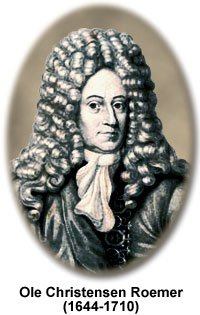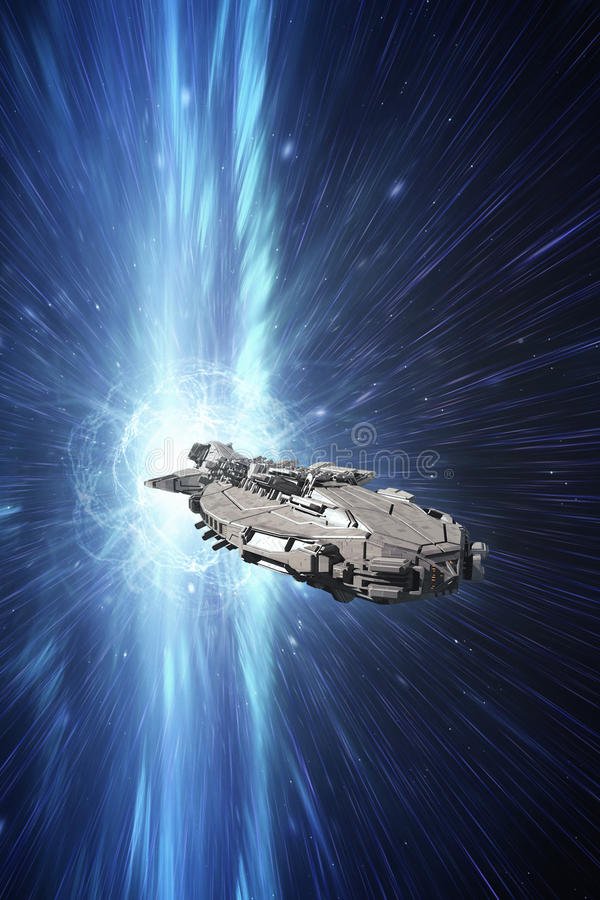The speed of light (299,792,458 m / s) was measured in the seventeenth century by the Danish astronomer Ole Christensen Rømer, who observed in 1576 a delay of fifteen minutes in the predicted occultation of Io, a satellite of Jupiter attributed it to the change in the delay of transmission (due to the change in the relative distances between the Earth and Jupiter).
The speed of light was then estimated at 200,000 kilometers per second, about 35% below its true value because of the uncertainties of the time on the size of the Earth's orbit. This result will fascinate Voltaire later, who will speak in his works.
Rømer thus invalidated a result of Galileo who, experimenting with a helper with a lantern, had believed that light was transmitted instantaneously.


According to theories of modern physics, and especially Maxwell's equations, visible light and all electromagnetic waves have a constant velocity in the void, the speed of light.
It is therefore considered as a physical constant noted c (Latin celeritas, "speed"). But it is not only constant (we think) in all places (and at all ages) of the universe (cosmological principles weak and strong, respectively); it is also from one inertial reference point to another (principle of restricted equivalence). In other words: whatever observer's reference inertial reference or the speed of the object emitting light, any observer will obtain the same measurement.
No material object or signal can travel faster than c within the framework of existing theories. Only virtual fronts can be "traveled" faster than c (at so-called supraluminum speed) (the shadow extended at great distance from a rotating object, for example), and we can not, of course, use it to transmit a signal, nor energy. They are not even really objects.
The experience of Alain Aspect shows that an observer can be informed instantly, by a measurement on a nearby particle, of the state of a distant particle, but there is no real signal transmission either. .
The speed of light in a vacuum is noted c:
c = 299 792 458 meters per second
This value is "exact" by definition. Indeed, since 1983, the meter is defined from the speed of light in the vacuum in the international system of units (link), as being the length of the path traveled in the vacuum by the light during a period of 1 / 299792458 second. This means that the meter is now defined by the second, via the speed set for the light.